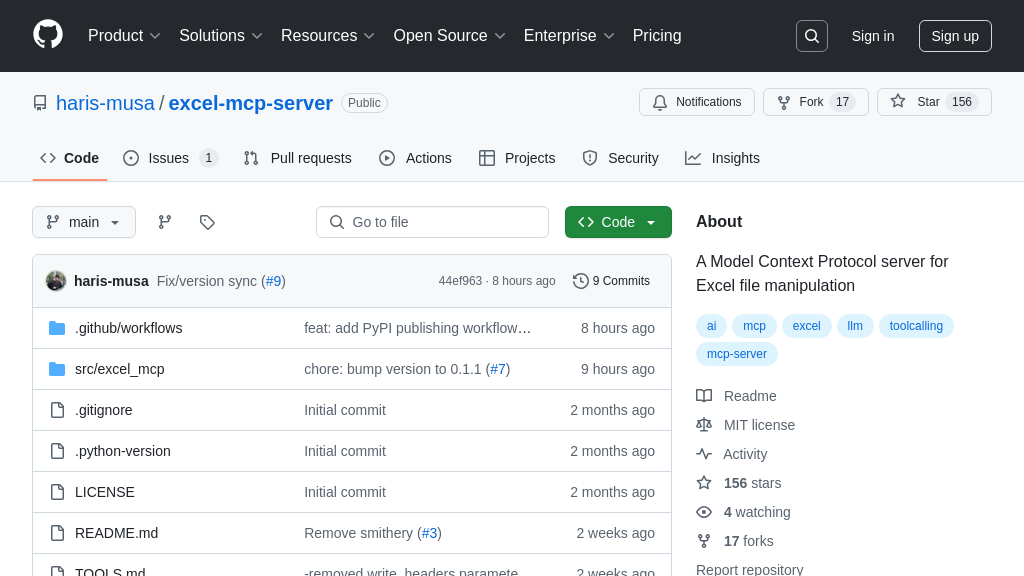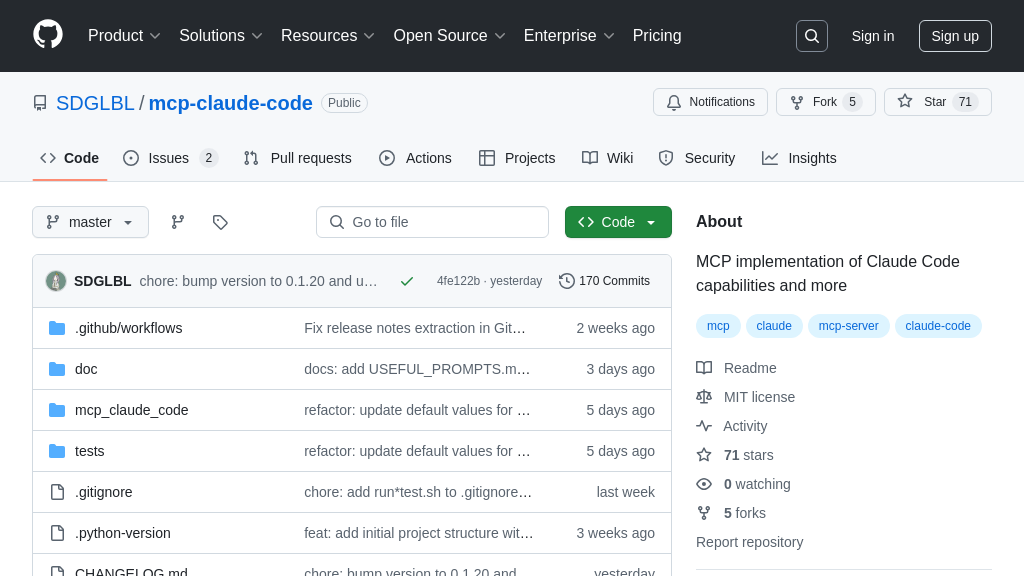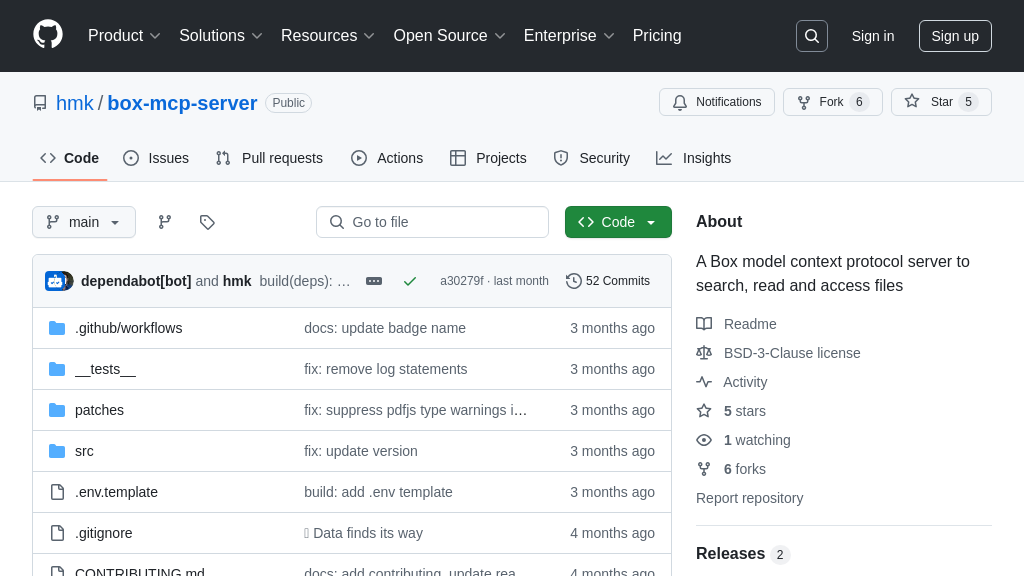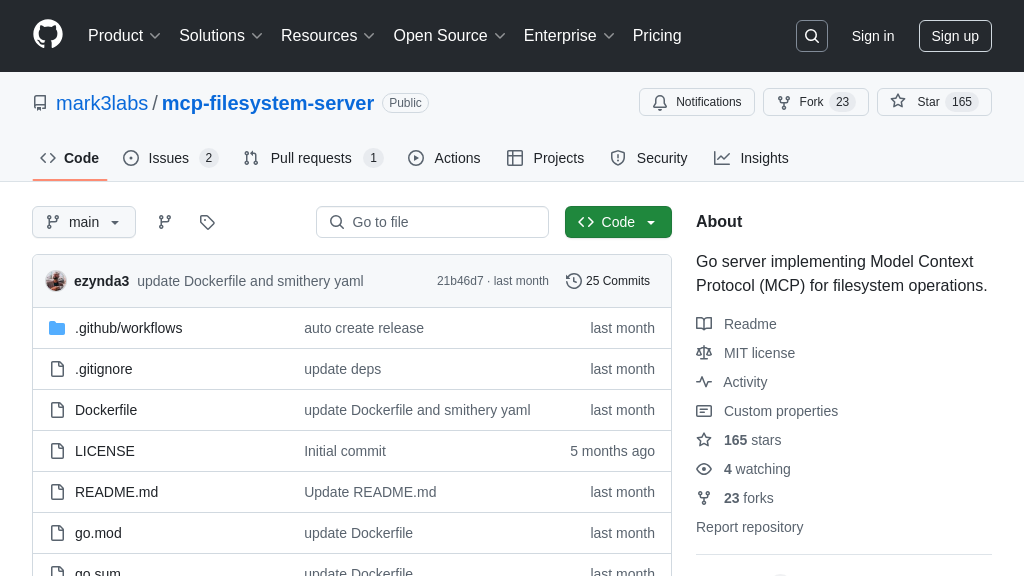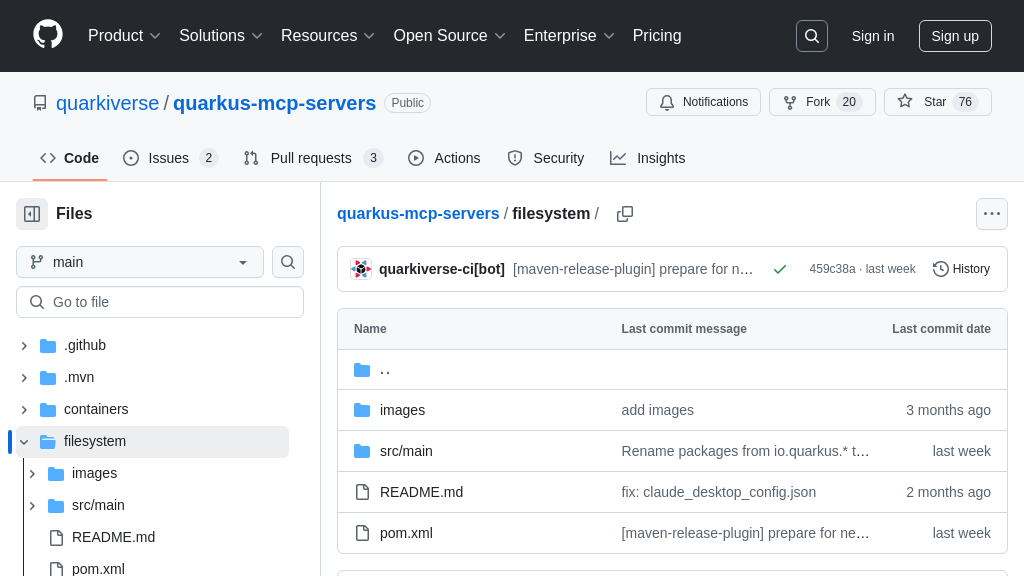filesystem
MCP Filesystem Server: Connect LLMs to your file system for AI-powered file management.
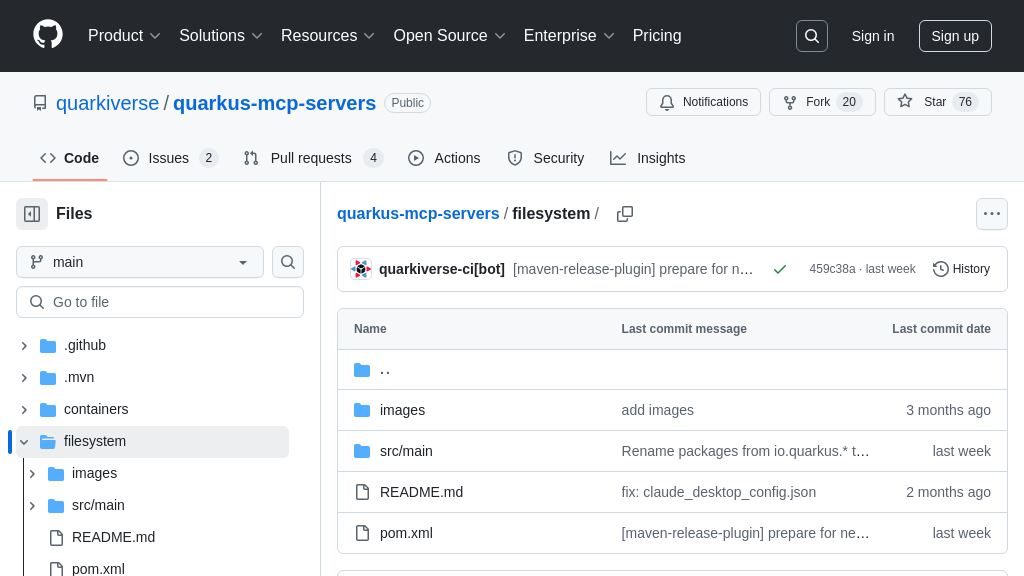
filesystem Solution Overview
The Filesystem MCP server empowers AI models with the ability to interact directly with your file system. This crucial resource allows models to list directories, read file contents, and even modify files, opening doors to advanced automation and data processing workflows. By granting AI secure access to local or networked file systems, you can build applications that dynamically analyze documents, manage code repositories, or automate file-based tasks.
This server eliminates the need for complex custom integrations, providing a standardized interface for file system interactions. It leverages the Quarkus framework for efficient performance and can be easily deployed using jbang or as a native executable for near-instant startup. Configure your MCP client to point to the server, specifying the allowed file paths, and unlock a new level of AI-driven file management capabilities.
filesystem Key Capabilities
File Access and Modification
The filesystem MCP server empowers Large Language Models (LLMs) with the ability to interact directly with the underlying file system. This includes listing files and directories, reading file contents, and modifying files. The server acts as a secure intermediary, ensuring that the LLM only accesses the paths explicitly permitted during server configuration. This controlled access is crucial for preventing unauthorized data breaches and maintaining system integrity. The server leverages standard file system operations, translating LLM requests into appropriate system calls. This functionality allows AI models to perform tasks such as data analysis on local files, code generation with file persistence, and automated document editing.
Example: An LLM can be instructed to read a configuration file, modify a specific parameter based on user input, and then save the updated file back to the file system.
Configurable Path Restrictions
A key feature of the filesystem MCP server is its ability to restrict the LLM's access to specific directories. When starting the server, the administrator defines a set of allowed paths. The LLM can only interact with files and directories within these specified locations. Any attempt to access files outside these paths will be denied, providing a robust security layer. This feature is essential in multi-tenant environments or when dealing with sensitive data. It prevents the LLM from inadvertently accessing or modifying critical system files or user data outside of its designated sandbox. This configurable restriction mechanism is fundamental to the server's design, ensuring secure and controlled access to the file system.
Example: When using the server, you can specify that the LLM can only access files within the /home/user/project directory, preventing it from accessing other user directories or system files.
Native Executable Support
The filesystem MCP server offers the option to be compiled into a native executable using GraalVM. This results in significantly faster startup times and reduced resource consumption compared to running the server as a standard Java application. The near-instant startup time is particularly beneficial in environments where the server needs to be frequently started and stopped, such as serverless functions or containerized deployments. The native executable also reduces the overall memory footprint, allowing for more efficient resource utilization. This feature enhances the server's performance and scalability, making it suitable for demanding production environments.
Example: Using the native image, the server can start almost instantly, making it ideal for responding to infrequent requests from an LLM without incurring significant latency.
Standard Input/Output Transport
The filesystem MCP server uses standard input/output (stdin/stdout) as a default transport mechanism. This allows for easy integration with various MCP clients and environments. The server receives requests from the client via standard input and sends responses back via standard output. This approach simplifies deployment and configuration, as it does not require complex network setups or specialized communication protocols. The use of stdin/stdout also makes it easy to pipe data to and from the server, enabling flexible and powerful workflows. This transport mechanism is well-suited for local development and testing, as well as for production environments where simplicity and ease of integration are paramount.
Example: The mcp-cli tool can easily interact with the filesystem server using stdin/stdout, allowing developers to quickly test and debug their LLM integrations.

